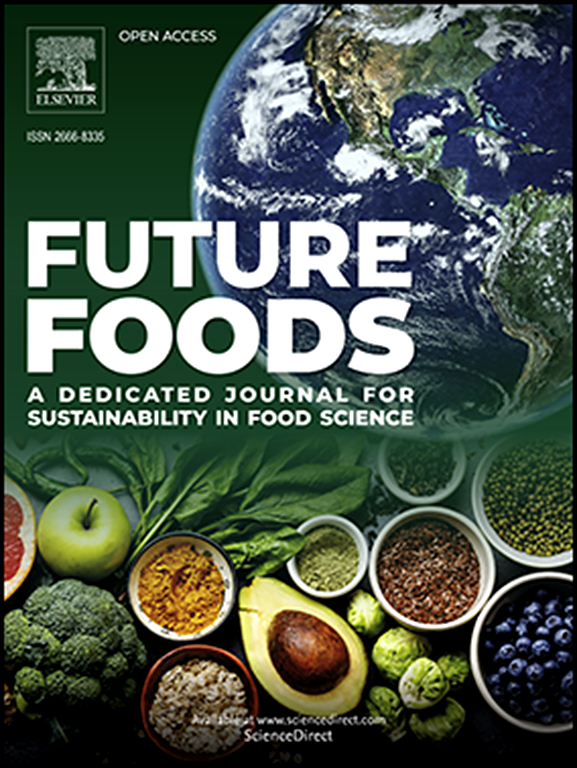阿鲁巴进口蔬菜的碳足迹:近距离观察海运和空运
IF 7.2
Q1 FOOD SCIENCE & TECHNOLOGY
引用次数: 0
摘要
本研究旨在为荷属加勒比岛屿阿鲁巴的低碳蔬菜进口战略提供见解。我们选择的产品有土豆、生菜、洋葱、西红柿和四季豆。这些产品来自 13 个不同的国家,共确定了 25 个产品-国家组合。系统的边界是从农场到超市。我们确定了实际的海运路线,并计算了从阿姆斯特丹飞往阿鲁巴的客机的温室气体排放量。空运进口蔬菜的温室气体排放量(每千克 4.2-8.3 千克二氧化碳当量)明显高于海运进口产品(每千克 0.4-2.3 千克二氧化碳当量)。公路运输的温室气体排放量一般高于其他生命周期阶段的温室气体排放量,除非产品中农业的温室气体排放量较高。虽然海运计算得很详细,但通常对温室气体排放的贡献不大。我们建议生命周期实践者在计算航空运输的温室气体排放量时,考虑飞机的特性,并在分配客运和货运的影响时,将用于冷却空运的 80 千克 AKE 集装箱的重量计算在内。在本案例研究中,与一般计算相比,特定客机的温室气体排放量总是较低。本文章由计算机程序翻译,如有差异,请以英文原文为准。
The carbon footprint of vegetable imports into Aruba: A closer look at sea and air transport
This study aimed to give insights into low-carbon vegetable import strategies for Aruba, a Dutch Caribbean island. Our selected products were potatoes, lettuce, onions, tomatoes, and green beans. The products originated from 13 different countries, and 25 product-country combinations were identified. The system boundaries were from the farm until arrival at the supermarket. We identified actual maritime transport routes, and calculated greenhouse gas (GHG) emissions of passenger aircrafts flying from Amsterdam to Aruba. Vegetables imported by air had significantly higher GHG emissions (4.2–8.3 kg CO2eq per kg) than products imported by sea (0.4–2.3 kg CO2eq per kg). GHG emissions of road transport generally contributed more than those of other life cycle stages, except when products showed a high contribution of agriculture. Although sea transport was calculated with much detail, it usually did not contribute much to the GHG emissions. We recommend Life Cycle Practitioners to consider aircraft characteristics when calculating GHG emissions of air transport, and to include the weight of the 80 kg AKE container, used for cooled airfreight, when allocating impacts between passengers and freight. For this case study, GHG emissions of specific passenger aircrafts always resulted in lower GHG emissions compared to generic calculations.
求助全文
通过发布文献求助,成功后即可免费获取论文全文。
去求助
来源期刊

Future Foods
Agricultural and Biological Sciences-Food Science
CiteScore
8.60
自引率
0.00%
发文量
97
审稿时长
15 weeks
期刊介绍:
Future Foods is a specialized journal that is dedicated to tackling the challenges posed by climate change and the need for sustainability in the realm of food production. The journal recognizes the imperative to transform current food manufacturing and consumption practices to meet the dietary needs of a burgeoning global population while simultaneously curbing environmental degradation.
The mission of Future Foods is to disseminate research that aligns with the goal of fostering the development of innovative technologies and alternative food sources to establish more sustainable food systems. The journal is committed to publishing high-quality, peer-reviewed articles that contribute to the advancement of sustainable food practices.
Abstracting and indexing:
Scopus
Directory of Open Access Journals (DOAJ)
Emerging Sources Citation Index (ESCI)
SCImago Journal Rank (SJR)
SNIP
 求助内容:
求助内容: 应助结果提醒方式:
应助结果提醒方式:


